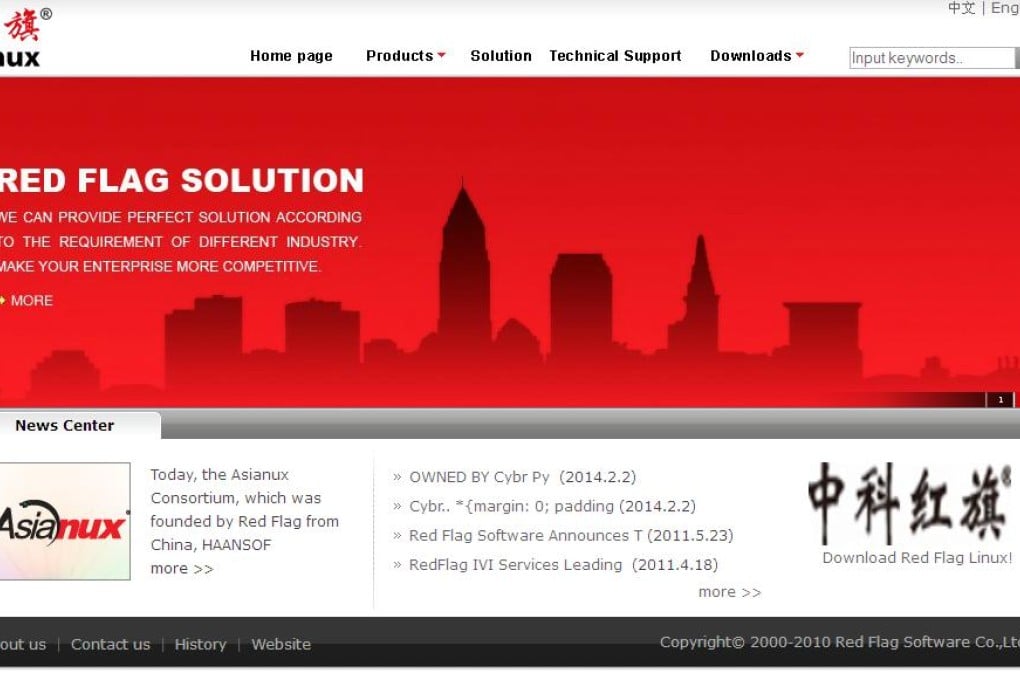Chinese software pioneer Red Flag bites the dust
Home grown software venture closes its doors after its financial backer withholds subsidies

China's best hope for a home-grown computer operating system to compete with global giants like Microsoft lay in tatters after state-backed Red Flag Software was forced to close its doors.
Founded in 2000 during the dotcom boom, Red Flag was once the world's second-largest Linux distributor, providing desktop and server software built on top of the free and open-source Linux program.
Despite its lofty goals and early success, Beijing-based Red Flag ended all its employment contracts on Monday, according to a report on the Sina news portal on Thursday.
"A lack of brand awareness and sustained investments, coupled with the rise of rivals including Red Hat Enterprise Linux and SUSE Linux Enterprise, led to its downfall," said Eric Peng, a research manager with IDC in Beijing.
The situation for Red Flag had deteriorated so much that the company could not even meet water and electricity payments on its Haidian district building in December.
Red Flag's 150 employees, who have not been paid since April last year, are now trying to claim a combined sum of about 15 million yuan (HK$19 million) from the company's largest shareholder, the Software Research Institute of the Chinese Academy of Sciences.
Its low-cost products, which included application software for multiple computer hardware platforms, represented the mainland government's effort to reduce reliance on expensive and proprietary technology sold by foreign companies.